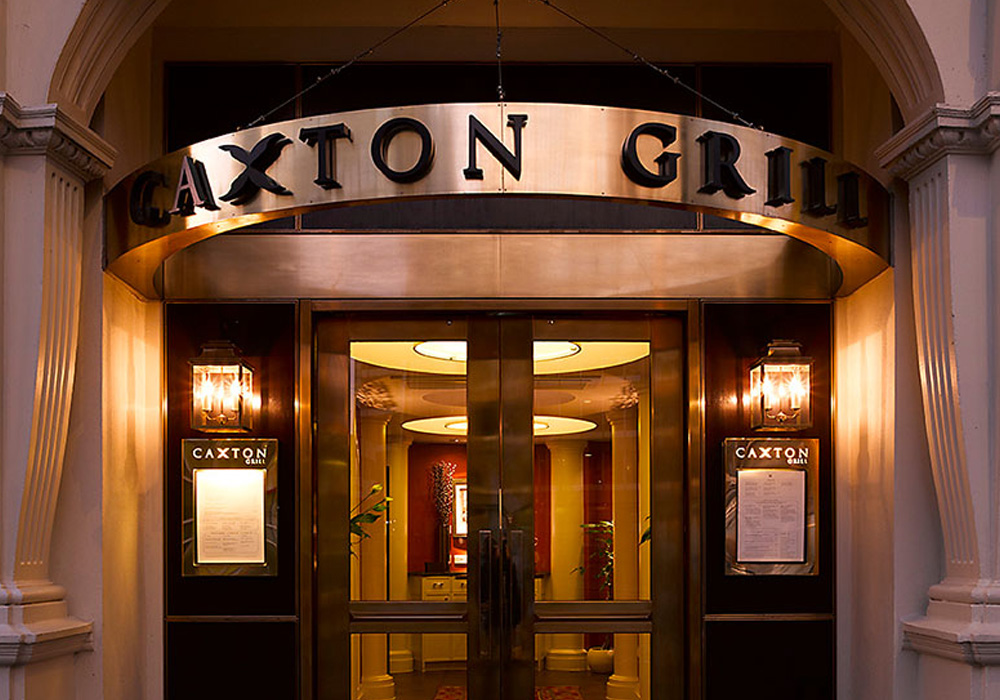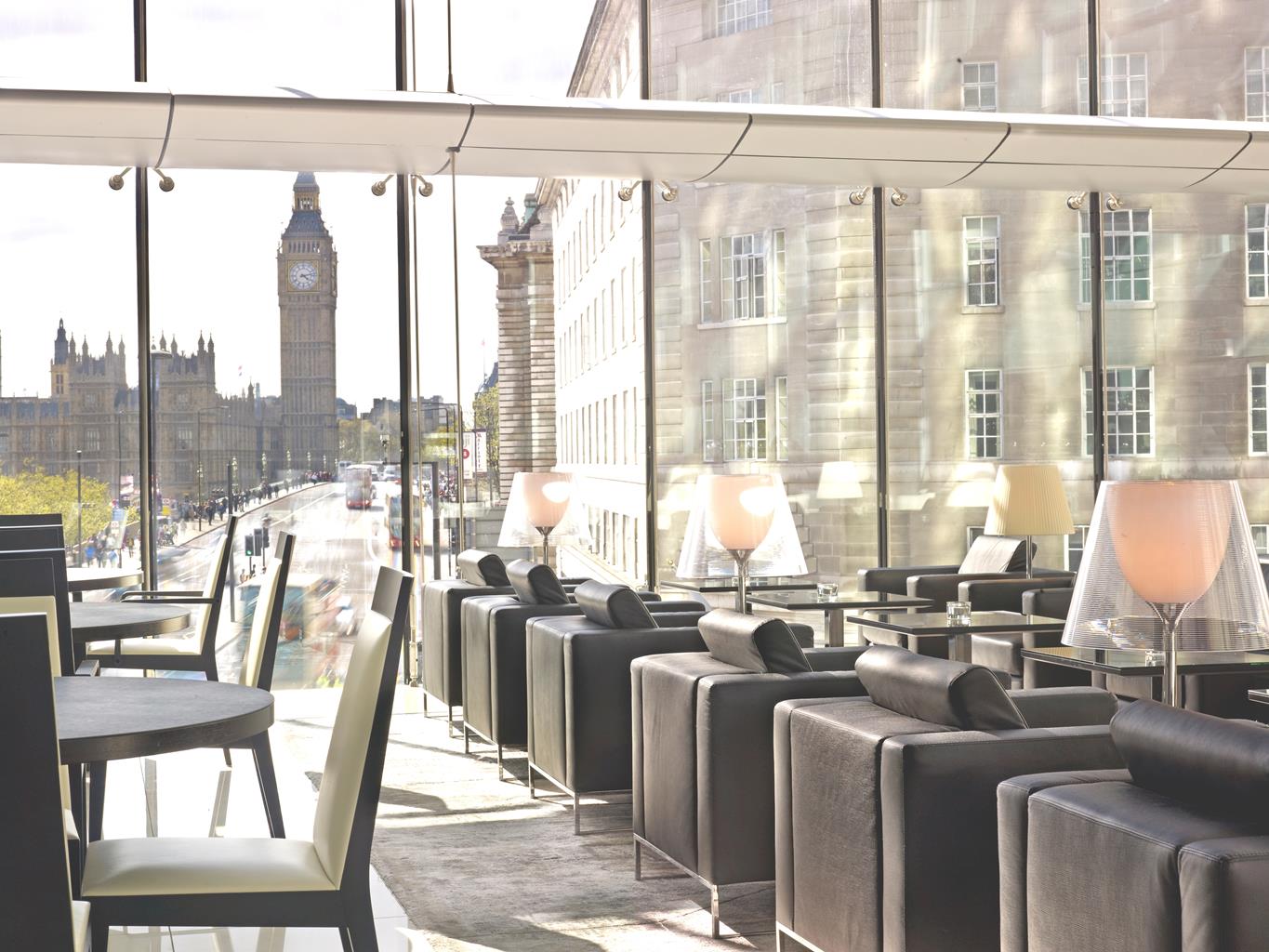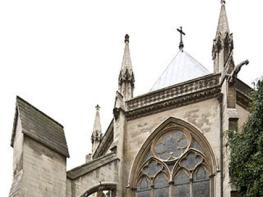Steeped in history, this elegant hotel first opened in 1885. The team are welcoming and friendly…
Whitehall to Smithfield

4 miles (6.4kms)
About the walk
It's easy to take sights for granted in a city where, around every bend, is another symbol of its historic importance. Hopefully, this walk, through some of the better-known parts, will sharpen your senses and alert you to some of the buildings and streets you may be familiar with, and others that you have yet to notice. It's best to avoid this walk on Mondays when some of the places mentioned are closed.
Grand architecture
The walk begins across the road from the Houses of Parliament at Westminster Abbey, where every king and queen since 1066 has been crowned and where many are buried. On a corner opposite Horse Guards Parade is one of the best places to stand for a grandstand view of the Queen's carriage as it heads up Whitehall for the State Opening of Parliament. We move on to the Strand, once one of the most influential thoroughfares in Britain with many fine mansions, some of which you can still see today. One of these is the magnificent Somerset House, which has awesome grounds for central London and is much-loved by film companies for its grandeur and seclusion.
The street names from here on give a clue to the past inhabitants. Think of dukes and earls – Arundel, Surrey and Essex – as the Strand enters Aldwych (a name that derives from 'Old Wic' meaning old settlement). The grand buildings in this area are symbols of the architectural legacy of the Empire. If you're after proof, notice how Canada House, the South African Embassy and the Australian High Commission each take pride of place in Trafalgar Square, the Strand and Aldwych respectively. Where the Strand ends and Fleet Street begins are a number of banks. These serviced those working at the Inns of Court, including Lloyds Bank with its floral tiles, and Child & Co Bankers. The latter has a display of guns in a cabinet that the partners of the bank acquired during the Gordon Riots of 1780 'for the defence of the building'. Here too is one of the first cheques ever written – made out in 1705.
We end the walk by another church, St Bartholomew-the-Great, which dates from 1123 and is still surrounded by small streets as it was in the Middle Ages. Near by is Smithfield, the scene of jousting, tournaments and fairs and the site for executions where criminals were not just hanged but boiled, roasted or burnt. During the Peasants' Revolt of 1381 the rebel leader Wat Tyler was stabbed by the Lord Mayor William Walworth and taken to St Bartholomew's Hospital, but soldiers dragged him out and decapitated him.
Walk directions
Leave Westminster tube following signs to the Houses of Parliament. Cross St Margaret Street to Westminster Abbey and the adjacent St Margaret's Church. Turn back along St Margaret Street and continue ahead as the road becomes Parliament Street, and then Whitehall. Follow it past the Cenotaph, a simple memorial to those people who died in World Wars I and II, Downing Street and Horse Guards Parade all the way to Trafalgar Square.
Turn right here and cross Northumberland Avenue. Turn right into the Strand, which links Westminster with the City of London. Turn right at Savoy Street, to see the Queen's Chapel of the Savoy; or carry on along the Strand, past Somerset House.
Turn right into Surrey Street and follow signs to visit the Roman Baths on the right, otherwise keep ahead. The two churches in the middle of the road are St Mary-le-Strand and St Clement Danes. After these the road becomes Fleet Street.
After the banks of Lloyds and Child & Co turn right into Whitefriars Street. At the crossroads turn left and left again into Dorset Rise. Turn right into St Bride's Passage, descend the steps and the Bridewell Theatre is to the right. Turn left along Bride Lane to St Bride's Church, which has an entrance on the left. Turn right and go over the crossroads.
You are now in Ludgate Hill. Turn left into the street called Old Bailey and continue to the Central Criminal Court, known as The Old Bailey – it lies on the site of the notorious former Newgate Prison. Cross Newgate Street and follow Giltspur Street to reach St Bartholomew's Hospital.
Look out for the only remaining statue of Henry VIII above the arch and continue under this to visit St Bartholomew-the-Less, the parish church of the hospital where Stuart architect Inigo Jones was baptised. Otherwise continue past the central square opposite Smithfield Market, and notice the marks on the stone wall left by a Zeppelin raid during World War I. St Bartholomew-the-Great is through the arch ahead. From here, turn left on West Smithfield, right on Long Lane and left into Lindsey Street, then turn left again into Charterhouse Street.
Cross the road and opposite the entrance to Smithfield turn right along St John Street. Bear left along St John's Lane and a few paces on is St John's Gate. Keep going and turn left at Clerkenwell Road and bear left along Britton Street, turning right at St John's Park into Benjamin Street and left at the end to reach Farringdon tube where the walk ends.
Additional information
Paved streets
Main processional routes, busy streets
A dog's nightmare
AA Street by Street London
Westminster
WALKING IN SAFETY
Read our tips to look after yourself and the environment when following this walk.
Find out more
Also in the area
About the area
Discover Greater London
Greater London is one of the world’s largest urban areas; 33 boroughs stretching north to Enfield, south to Croydon, east to Havering, west to Hillingdon and with central London at the heart of it all.
Greater London was officially created in 1965, but the boroughs themselves all have their own histories going back much further. Greenwich is home to the Prime Meridian, which all clocks on earth take their time from, while Hounslow contains Heathrow Airport, one of the busiest airports in the world. Greater London contains a multitude of parks and green spaces, from the six Royal Parks (including Richmond Park, Green Park, Hyde Park and Regent’s Park) and other huge open spaces like Hampstead Heath and Clapham Common; to smaller community spaces like Clissold Park in Stoke Newington and Burgess Park in Southwark.
The centre of London has its quiet spaces too, like Coram’s Field by Great Ormond Street, and Camley Street Natural Park, a stone’s throw from King’s Cross and St Pancras. One of the city’s most impressive features is the London Underground. Beginning in 1863 as the Metropolitan Railway, it took commuters into The City from the suburbs of Middlesex. It was the first underground railway in the world, and now consists of 11 lines, 270 stations, and 250 miles (402km) of track. It’s estimated that nearly five million journeys are taken every day, and there are nearly one and a half billion riders each year. At peak times, there are more than 543 trains whizzing around the Capital.
Nearby stays
Restaurants and Pubs
Nearby experiences
Recommended things to do
Why choose Rated Trips?
Your trusted guide to rated places across the UK
The best coverage
Discover more than 15,000 professionally rated places to stay, eat and visit from across the UK and Ireland.
Quality assured
Choose a place to stay safe in the knowledge that it has been expertly assessed by trained assessors.
Plan your next trip
Search by location or the type of place you're visiting to find your next ideal holiday experience.
Travel inspiration
Read our articles, city guides and recommended things to do for inspiration. We're here to help you explore the UK.


















